The Full HD PC vs iPad Rant
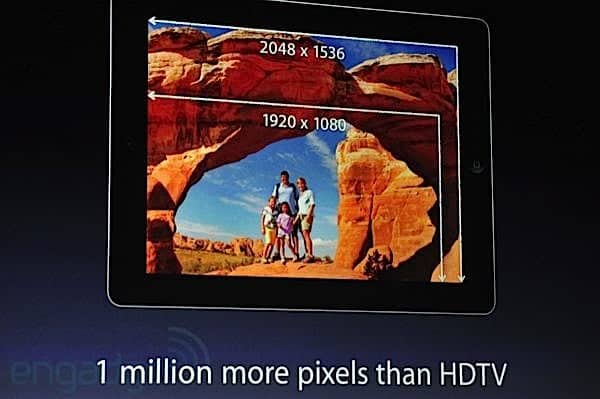
Argh! Apple yesterday unveiled the new iPad, and it's lovely with lots of fantastic new hardware including a full 'retina display'. This will give the new iPad a display resolution of a staggering 2048 x 1536 on just a 9.7 inch screen which is just immense given that most tablets don't even have a full HD display. But this brings me on to the main thrust of this article, and I felt it was right and proper to call it a rant up front, and just get that bit out of the way, because this really does make me angry.
Apple can squeeze a display as fine as this into a tablet while at the same time, and for a long time now, PC monitor manufacturers have stopped at the standard full HD resolution of 1920 x 1080. Sure you can buy PC monitors with resolutions higher than this, including Apple's own Cinema Displays, but only if you want to spend $700+ for the privilege. All at the same time Apple have squeezed this 2048 x 1536 resolution into a 9.7 inch consumer tablet!
One company that won't be complaining about the current maximum resolutions on PC screens will be Microsoft who's new Metro UI for Windows 8 really isn't suited to huge resolutions and even huge monitors. As all the Metro apps run full screen they would simply look daft on huge monitors and the Start Screen would offer so many Live Tiles on a high resolution that you'd probably never find anything. So as far as Microsoft are concerned an upper limit of 1920 x 1080 pixels must be fine.
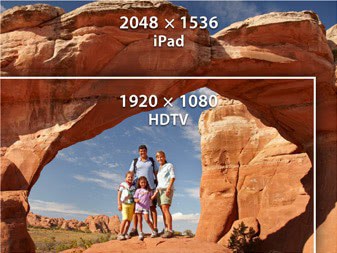
But what of IT Pros, engineers, musicians, designers, artists, draughtsmen and just plain show off's? What about the people who have been crying out for affordable high resolution displays but that, since the advent of "High Definition" (which is an oxymoron in this circumstance) simply can't afford them.
I was prepared until yesterday to give monitor and screen manufacturers the benefit of the doubt. It is expensive to develop hardware after all and the actual cost mark-up on monitors can't be very large. Making screens stop at 1920 x 1080 means they can use the same panels we see in small TVs, thus saving money and, you'd think, bringing the prices down for everybody.
But now we've seen that affordable, ultra high resolution screens can be made for very little money comparatively that can fit into a small tablet. These displays will, theoretically, be harder to make than large screens due to the high pixel density and the tiny pixels. This new iPad has a pixel density of a whopping 264ppi, which is considerably higher than the 30dpi designers will commonly submit print images at.
I don't know if you'll agree with me but I felt the need to get this off my chest. The new iPad is absolute proof that the monitor manufacturers for PCs can easily make ultra-high definition screens for us and at cheaper prices than they are currently doing. Why we're stuck with what we've got isn't for me to speculate (not while I'm annoyed anyway). I'll leave that for you to guess.
Advertisement



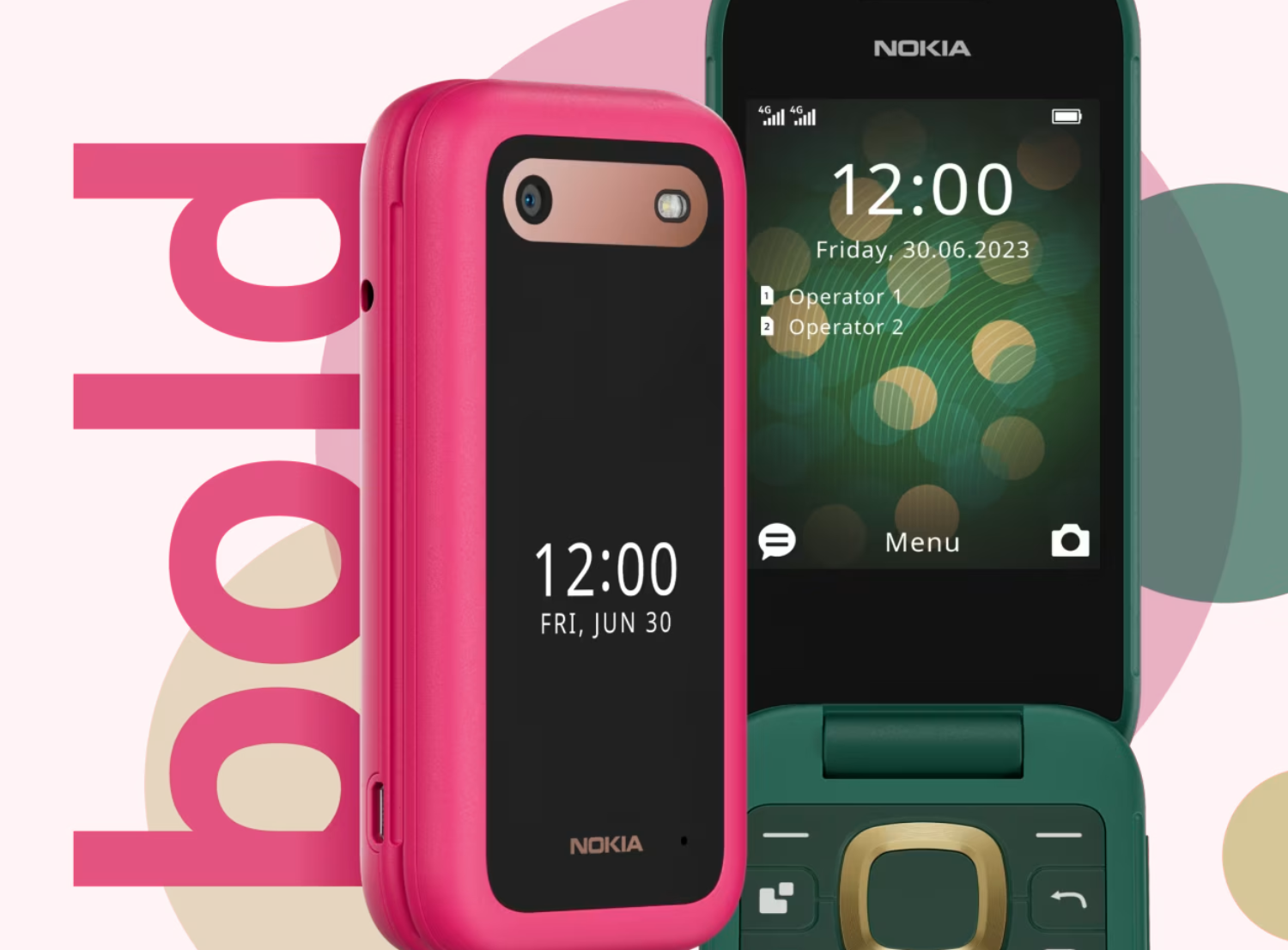
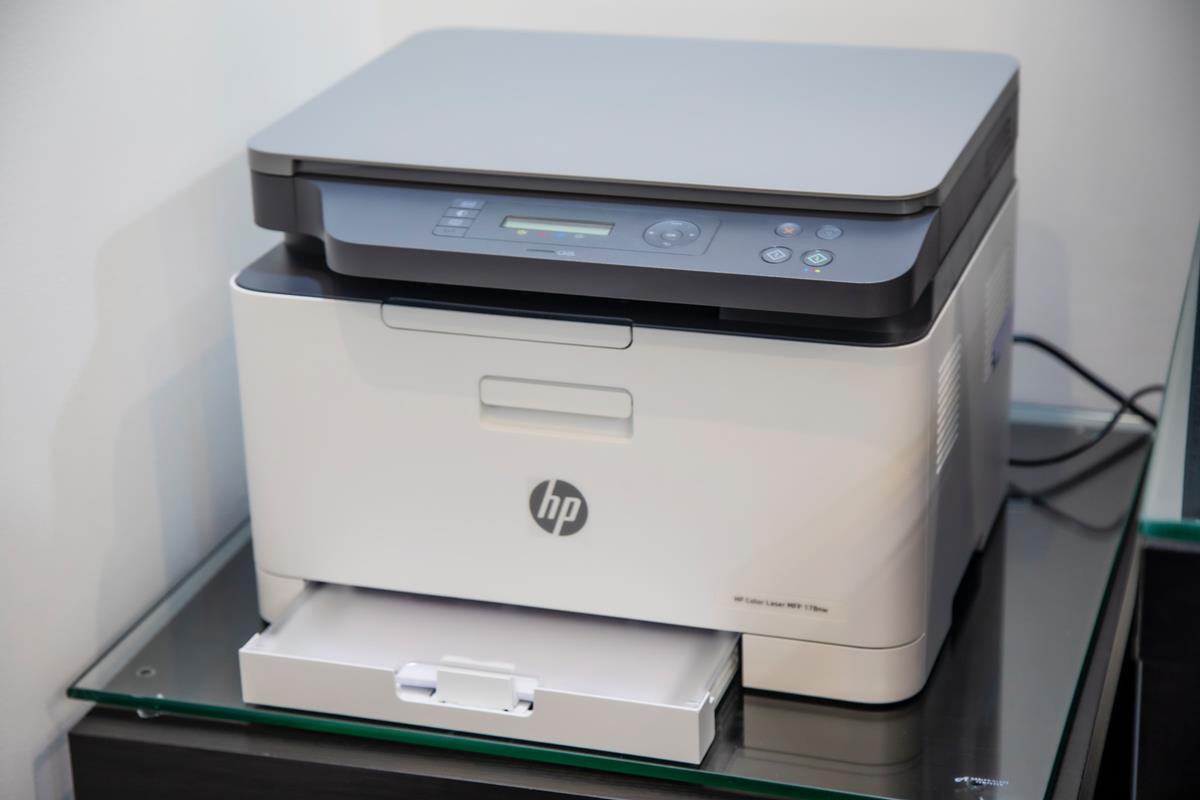
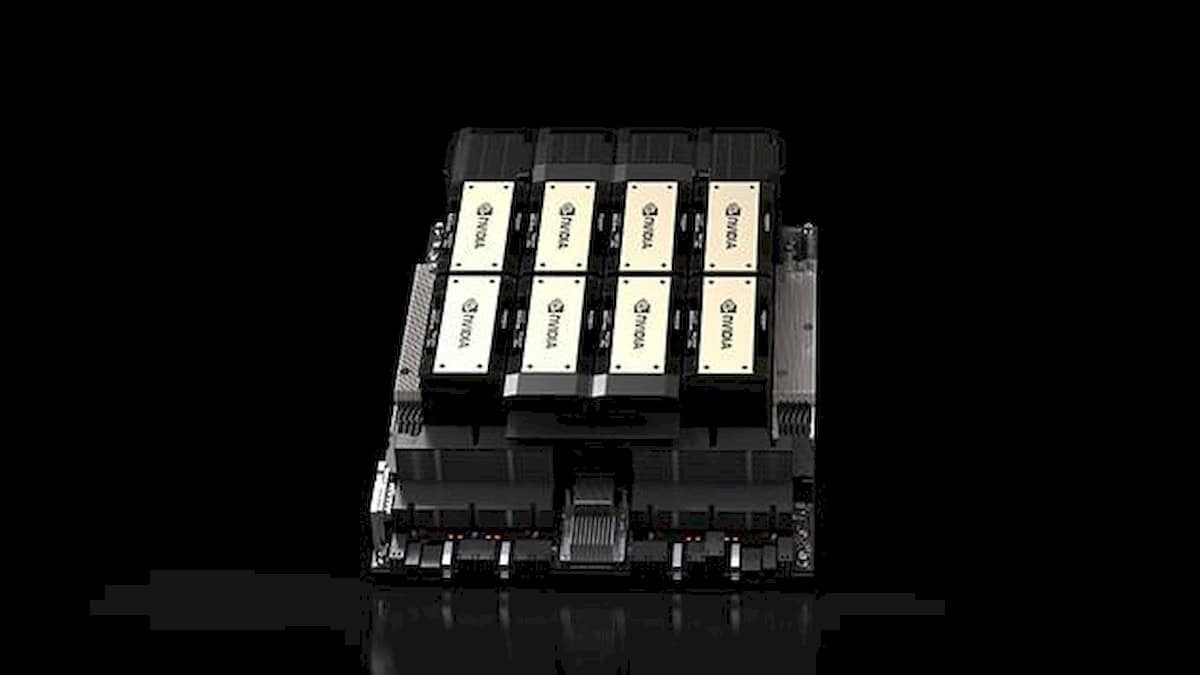
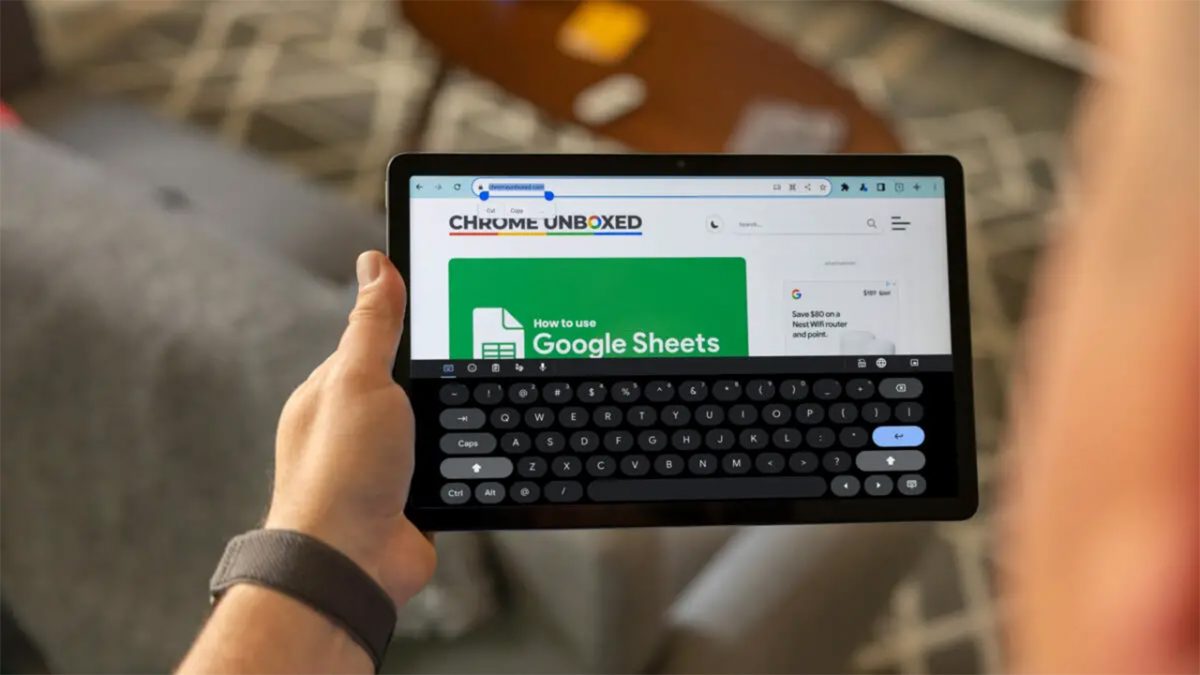
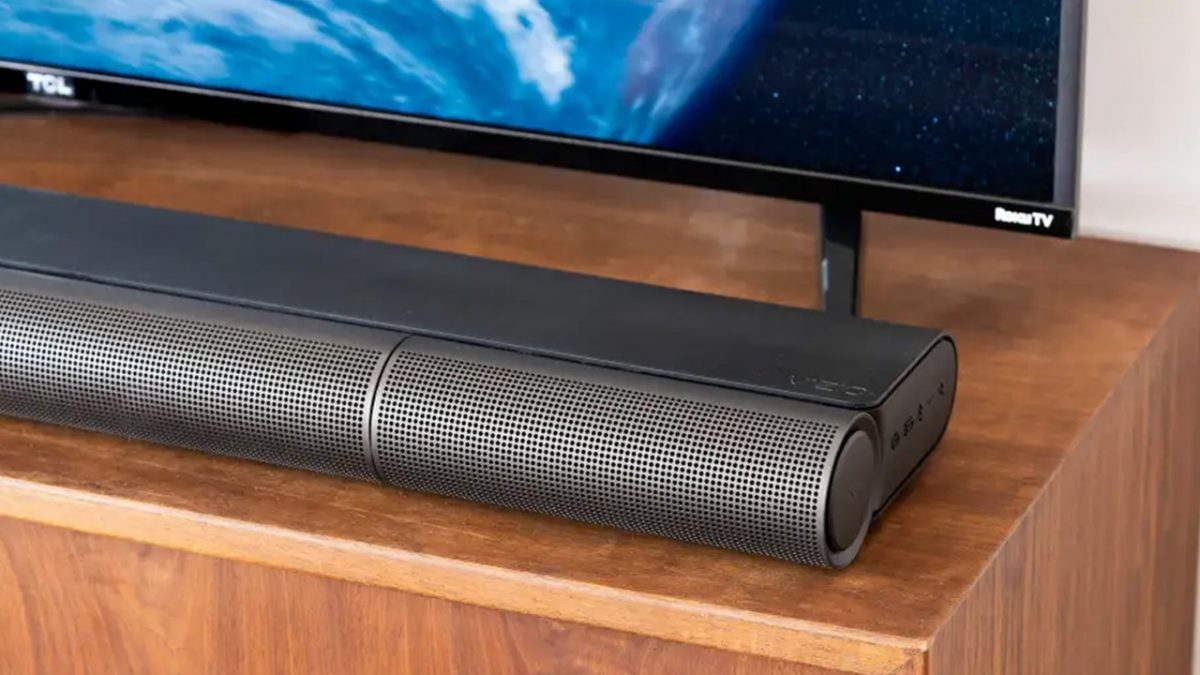
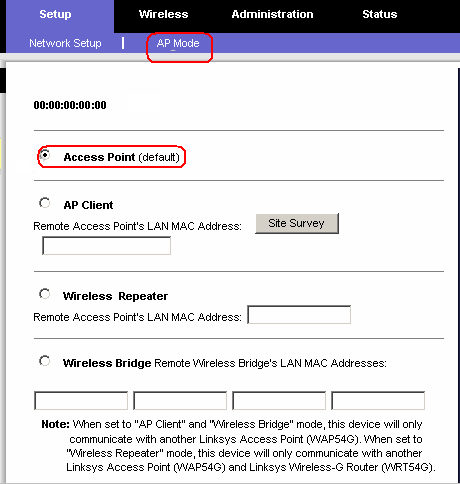
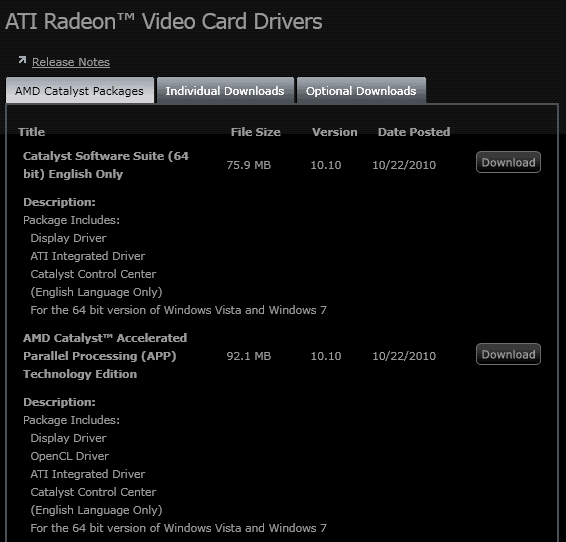











1) re: the OP’s comments on Windows. Microsoft has had the option since at least XP to set the DPI of the display, which would allow you to run an ultra high resolution. When the setting was put in the talk was of 200 DPI monitors compared to the standard 72 DPI displays, retina’s 300+ DPI isn’t that different.
2) @Nebulous re: the need for 2048×1536 on 9.7″. Blu-Ray is fairly entrenched in the market and now manufacturers are look at the next big thing, 4K 4096x(up to)3112 and on down the road to 8k. If we don’t shift to higher density displays it would mean we could only watch full resolution images on HUGE displays, with 8k taking up 4.267 times the space in each dimension. Do we really want TVs to be 18 times as big as they currently are?
Print designers use a minimum of 300 dpi for offset and around 200 for newsprint and similar printing. Nobody uses 30 dpi for anything. I have been a pretty good print designer for 30 years for newspapers and for offset catalogs.
Am I the only one to think that perhaps Mike is cheezed off that his beloved Windows 8 is already out of date one week after the Consumer Preview.
I am loving the fact that the HD displays are coming real soon as this should totally eliminate that putrid Metro UI once and for all.
Well done Microsoft you’ve done it again and this time I am laughing at you.
Windows PC’s font and layout are proportionate to the monitors resolution and screen size. Higher res= smaller text/icons etc. This can be adjusted in Windows settings but 3rd party apps usually suffer.
Tablet and smartphone devs have to take this into consideration. An Android app for example typically has multiple layouts and drawables to account for various resolutions (HDPI. MDPI, LDPI etc). Nothing like this currently exists for PC. It’s one size fits all and everything scales accordingly.
Isn’t this is why the smaller the monitor the lower the res for PCs?
I’m not to familiar with the Metro UI from a devs perspective but I’m guessing it would be required if you expect a 1536p PC on a sub 15″ monitor to be practical.
I assume that apps using Silverlight within the Metro UI will scale correctly but those that do not will have the same issue that Windows 7 is plagued with.
Wow, I came here to comment and add my support and agreement to the ‘rant’ and I’m surprised at the number of comments that seem like they don’t understand or disagree. Since I can’t stand someone being wrong on the internet (a joke!) allow me to weigh in:
Nebulus asked “Is there really a need for resolutions above FUllHD?”
I have to ask if you’ve ever actually seen a retina class display in person? The difference is noticible. Not only is the image (or text) quality substantially better, but it offers the ability to display a lot more on the screen at once. The ability to see a lot more (and see it clearer) isn’t limited to just specific fields, but is something that a lot of people in the business world would benefit from. (The majority of people I work with all have two monitors on their desks because they need to be able to see multiple documents, email, etc. at once)
Kevin B said “It is a bit of overkill IMHO”
The resolution Apple picked was designed not only to be retina class, but also to allow smooth scaling of apps that still support the previous resolution. It may be a bit overkill, but from a practical standpoint it makes sense. (Plus, as a fan of more pixels, I’ll take it!)
bazza said “It may be affordable for apple but I doubt the manufacturers have a bit less money to spend.”
While Apple may be able to make better deals with component manufacturers, the fact is that each iPad is sold at a profit, so the overall cost of the screen is still pretty cheap.
David said “I think the real problem is most main stream computers don’t have the GPU power to drive large high resolution displays. The average onboard GPU chips can’t do it”
That may have been true a few years ago but even the onboard Intel graphics chips are more than powerful enough to drive high-resolution displays (higher than 1080p/multiple 1080p displays) for day-to-day tasks without any issue. The only thing they can’t do is power games at high resolutions; but they can only barely power games at lower resolutions anyway so it doesn’t really matter.
Morely the IT Guy said “Apple gets their displays at extremely low cost by dealing with factories using what amounts to slave labor.”
The situation is more complicated and nuanced than that, but suffice to say just about all electronics manufacturers use asian factories for production; the savings gained is applicable to the rest and isn’t something isolated to just Apple.
Johnathon Scionwest said “You forget that the iPad is only 9.7? which costs a lost less than what a Retina 23? monitor would cost.”
You’re right, it probably will cost more, but the point is that the display industry has stagnated rather than push forward with the technology. What the iPad shows is what I’ve suspected for the past few years: retina class displays are cheaper and easier to manufacture than they used to be (the natural progression of technology). Since most people aren’t aware of the benefits the majority of display companies focus on saving money (or making more money) by using lower resolutions rather than competing and offering a better product. If you’ve ever looked at laptop screen resolution over the years you’ll see that the majority actually use a lower resolution or a smaller DPI than a few years ago.
Just so I’m not being all negative; I agree with Michael, who said “I wonder if those who don’t appreciate the need for higher resolution on small screens have never used a high density display like that on current iPhones and iPod touches. The difference in clarity is remarkable, and more importantly — less eye-straining, at least for me.”
also Alex, who said “It’ time to move beyond this point. Even this text would be read with less strain to the eye.”
Horray for the high-resolution revolution!
@dennis, excellent response, could you email me please at mike_at_mvps.org? Thanks fella :)
You forget that the iPad is only 9.7″ which costs a lost less than what a Retina 23″ monitor would cost.
Yeah, I have wondered this as well. Why have they stop at 1080p. It has clarity but it’s not lifelike clarity. It’ time to move beyond this point. Even this text would be read with less strain to the eye.
I think the gaming community will aprecitate this.
Let me put it this way, You see this dot . It’s not a dot, it’s a really small square, and it should be a really small circle.
I wonder if those who don’t appreciate the need for higher resolution on small screens have never used a high density display like that on current iPhones and iPod touches. The difference in clarity is remarkable, and more importantly — less eye-straining, at least for me. I can read far more comfortably on my iPhone than I can on my Nook Color (except for the need for turning the page more often) that I rarely use anymore.
I also have an iPad 1 that I primarily use for remote desktop connections back to my home PC. If I do upgrade to the new model, it will be largely because I’ll be able (once app makers update) to view my home PC’s display at full resolution when I need clarity or screen real estate more than responsiveness. It might also make me a proper convert to reading on a tablet, as I I’d like to use the two page side-by-side view in iBooks, but the resolution just isn’t there on the iPad 1 for comfortable reading.
While I don’t disagree with the overall point of your article, Mike, let me play devil’s advocate for a moment here.
Apple gets their displays at extremely low cost by dealing with factories using what amounts to slave labor.
I’d rather pay more and know that I’m not supporting slavery or serfdom. And, honestly, I can’t see well enough to tell the difference between HD and QuadHD any more at a range of two feet, so it’s of no importance to me.
I’m not aware of any manufacture at the moment that builds and ships their monitors from the USA. Please prove me wrong lol. You can’t label Apple as supporting slavery when the majority of the products you probably have in your house was manufactured in China. 90% of all PC’s are as well.
While it may be contrary to logic, it is far easier for an LCD manufacturer to shove more resolution into a smaller screen than it is for them to do so in a larger screen.
The LCD manufacturing process still has a huge issue with flawed pixels per square inch. And unlike say CPU’s, you can’t simply sell the flawed screens as ‘underclocked’.
As a result, the larger the square footage of the screen the higher the probability that any one ‘unit’ produced will have an unacceptable number of defects and essentially be wasted material.
The good news is, each year the ‘break even’ point seems to get better and better, which means that the size of the panels that you can create in a batch without having most of them turn out bad is growing. So larger monitors in the resolution currently ‘pervasive’ in the PC world are getting cheaper. Eventually, that will translate backwards into more pixels being shoved into the screen when the ‘biggest’ monitors become reliable enough to be commodity. But till then, given that ‘FullHD’ is mostly a niche, I wouldn’t blame LCD manufacturers for not going there yet.
Apple isn’t innovating anything here vs the PC world, they just have the advantage of size (or lack of it) on their side.
I think the real problem is most main stream computers don’t have the GPU power to drive large high resolution displays. The average onboard GPU chips can’t do it (Blame Intel). People have been told that separate graphic cards are just for gaming and don’t want the extra cost.
Just a small correction to what has been explained above. Designers submit print images at 300ppi, not 30 ppi.
It may be affordable for apple but I doubt the manufacturers have a bit less money to spend.
Pretty sure print resolution is 300dpi not 30
So, it is less a rant about the new iPad, than a rant about PC manufacturers not giving us what Apple is giving its customer base? I’m still not interested in the iPad as it is in my eyes a play-toy and not a machine that you can work on. The device definitely has its uses, but for me personally, none at all. I won’t buy a Windows 8 tablet for exactly the same reason.
The only thing that interests me as far as the iPad is concerned, are some of the games that get released for it. I’d really like to play Final Fantasy Tactics for instance on the device, but it is not worth shelling out hundreds of Euros to do so.
I’d be interested to hear what iPad users are using their tablet for.
There are two issues, in my opinion:
1) Is there really a need for resolutions above FullHD (1920 x 1080)? Sure, you can say that always “more is better” and I won’t disagree, but for the average and even above average user FullHD is more than enough. There are certain fields of work (i.e. graphics) where a higher resolution is needed, but being a specific field, the prices always go way up (and not because the production costs are much bigger).
2) Is there really a need for a resolution like 2048 x 1536 on 9.7 inch screen? I strongly belive that the answer is no.
I agree, With 20/20 vision it is said that the naked Eye can see things as small as .0039″ (.1mm) in the right conditions at 4″ distance. The pixel size on the new retina display is .0037″. The new display is pretty much the maximum ppi that the naked eye can see.
That said, how many people with 20/20 vision will be using their iPad 4′ away from their face? It is a bit of overkill IMHO.